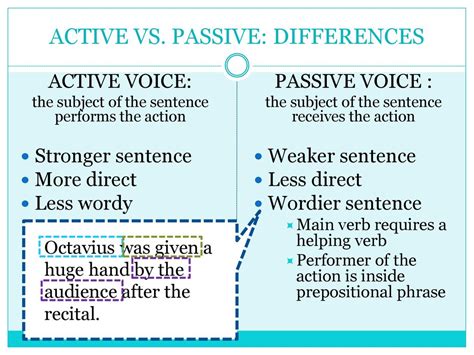Understanding the Power Dynamics of Voice
In the vast landscape of English prose, few grammatical concepts spark as much debate and misunderstanding as active and passive voice. Often, writers are simply told to “avoid passive voice” without a deeper explanation of why, or more importantly, when it might actually be the superior choice. The truth is, both voices are powerful tools, each with distinct advantages that, when wielded consciously, can elevate your writing from merely good to truly compelling.
This article will delve into the nuances of active and passive voice, providing a practical guide on when and how to deploy each for maximum impact, ensuring your prose is not just correct, but strong and clear.
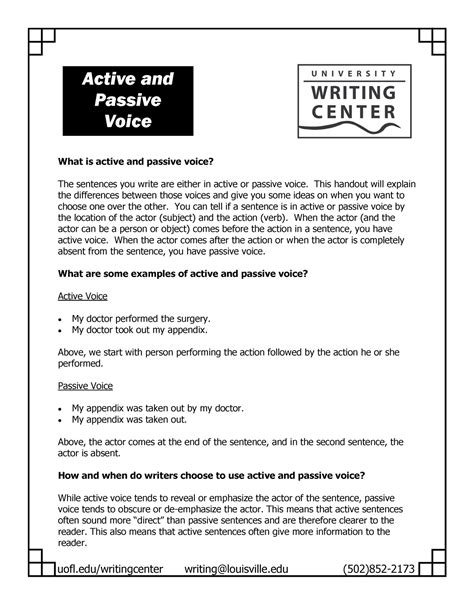
Embrace the Directness: When Active Voice Shines
Active voice is the workhorse of English writing. In an active sentence, the subject performs the action. It’s direct, clear, and typically more concise. For example, “The dog chased the ball” clearly shows the dog as the actor performing the action of chasing.
Its primary benefits include:
- Clarity and Directness: Readers immediately know who is doing what.
- Conciseness: Active sentences are often shorter and less clunky.
- Impact and Energy: They convey a sense of immediacy and dynamism, making the writing feel more engaging.
- Responsibility: It clearly assigns blame or credit, making it ideal for reporting and accountability.
Use active voice when you want to highlight the agent of an action, convey strong emotion, or write in a straightforward, action-oriented style, which is most of the time in general writing, journalism, and fiction.
The Subtle Power: When Passive Voice is Your Ally
While often maligned, passive voice has legitimate and powerful applications. In a passive sentence, the subject receives the action. The doer of the action is either unknown, unimportant, or intentionally de-emphasized. For example, “The ball was chased by the dog” or simply “The ball was chased.”
Here are key situations where passive voice is not just acceptable, but often preferable:
- When the Actor is Unknown or Unimportant: If you don’t know who performed an action, or if identifying them isn’t relevant, passive voice is the natural choice. Example: “The window was broken last night.”
- To Focus on the Action or Recipient: When the action itself or the object receiving the action is more important than the agent. This is common in scientific reports, medical diagnoses, and technical writing. Example: “New treatments are being developed for the disease.”
- To Maintain Objectivity or Detachment: In academic or scientific writing, passive voice can help maintain an objective tone by removing the “I” or “we” that might imply personal bias. Example: “The data was collected over a six-month period.”
- To Avoid Assigning Blame or Soften a Statement: Sometimes, passive voice can be used strategically to be diplomatic or to avoid directly blaming someone. Example: “Mistakes were made.”
- For Stylistic Variation: Occasionally, a well-placed passive sentence can break up the rhythm of active sentences, adding variety to your prose.
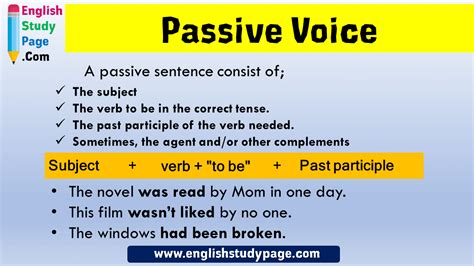
Common Pitfalls and How to Navigate Them
The main reason passive voice gets a bad rap is its potential for abuse. Overusing passive voice can lead to:
- Vagueness: If the actor is omitted, readers might be left wondering who did what.
- Wordiness: Passive constructions often require more words than their active counterparts.
- Weakness: Too much passive voice can make your writing feel flat, indirect, and lacking in energy.
To avoid these pitfalls, periodically review your writing. If you spot a “to be” verb (is, am, are, was, were, be, being, been) followed by a past participle, consider if an active construction would be clearer or more impactful. Often, simply moving the actor to the beginning of the sentence can transform a weak passive sentence into a strong active one.
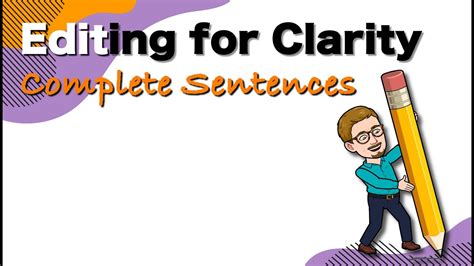
Achieving Balance for Truly Stronger Prose
Ultimately, the goal isn’t to eliminate passive voice entirely, but to use it deliberately and effectively. Think of your voice choices as an artist thinks of their palette: sometimes bold, vibrant strokes are needed (active voice), and other times, subtle shading and nuance are required (passive voice).
A good writer understands the implications of each choice. Before deciding, ask yourself:
- Who or what is performing the action? Is this important for the reader to know?
- What do I want to emphasize: the actor, the action, or the recipient?
- Does this sentence feel direct and clear, or vague and clunky?
- Does the chosen voice serve the overall tone and purpose of my writing?
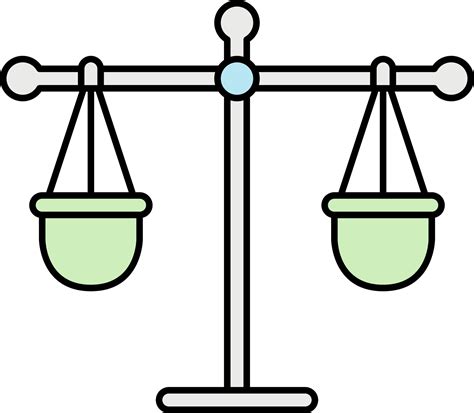
Conclusion: The Art of Intentional Voice Selection
Moving beyond the simplistic “active good, passive bad” mantra is crucial for any aspiring writer. Both active and passive voices are invaluable tools in your stylistic arsenal. The key lies in understanding their respective strengths and weaknesses and making conscious, intentional choices based on your message, audience, and desired emphasis.
By mastering the art of voice selection, you won’t just avoid grammatical errors; you’ll craft prose that is clearer, more engaging, and profoundly more impactful, truly making your words resonate with your readers.

